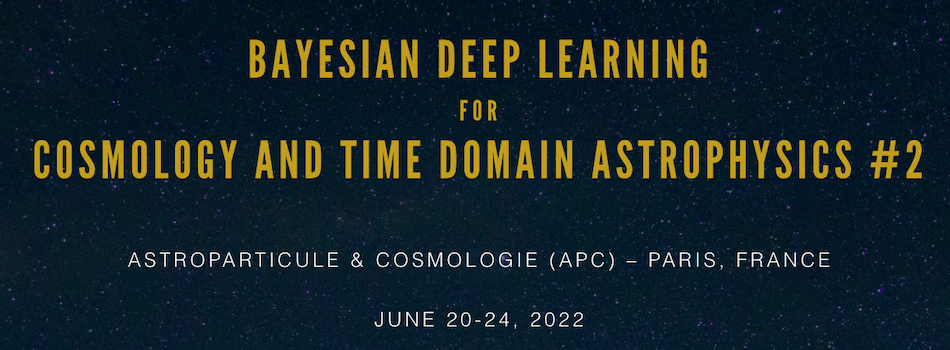Orateur
Description
In order to explore the potential of adaptive learning techniques to big data sets, the SNAD team used Active Anomaly Detection (AAD) as a tool to search for new supernova (SN) candidates in the photometric data from the first 9.4 months of the Zwicky Transient Facility (ZTF) survey – between 2018 March 17 and December 31 (58194 ≤ MJD ≤ 58483). We analyzed 70 ZTF fields with high galactic latitude and visually inspected 2100 outliers. As a result, 100 supernova-like objects were found, 54 of which are discovered for the first time and 46 are previously mentioned in other catalogues either as supernovae with known types or as supernova candidates. After the visual inspection of multicolour light curves of non-catalogued transients and their fit with different supernova models (Ia, Ib/c, IIP, IIL, IIn), 48 supernova, 4 AGN candidates and 2 possible novae are identified. A few of the newly discovered SNe are the good candidates to the theoretical class of the pair-instability supernovae. All transients were sent to the Transient Name Server (TNS) and received an official TNS identifier as well as an internal SNAD name. Among the known supernovae there are 14 SNe Ia, 12 possible SNe, 7 SNe II, 3 SNe Ic, 2 SNe IIP, 1 SN Ib. The remaining 7 catalogued supernovae belong to the rare supernova classes, i.e. 2 SNe IIb, 1 SN Ia Pec, 1 SN Ia-91bg, 1 SN Ic BL, 1 SN IIn, 1 SLSN-I. In this talk, I will describe how the expert knowledge is introduced into the algorithm and discuss how it can be optimized. Using as example the task of supernova search, the SNAD efforts have shown that the concept of human-machine interaction underlying the AAD is effective. The algorithm can be applied to the directed search of other type of transients. The particular transient-oriented use of the AAD do still allow to discover the anomalies, which is confirmed by the pair-instability supernova candidates found in this work.

